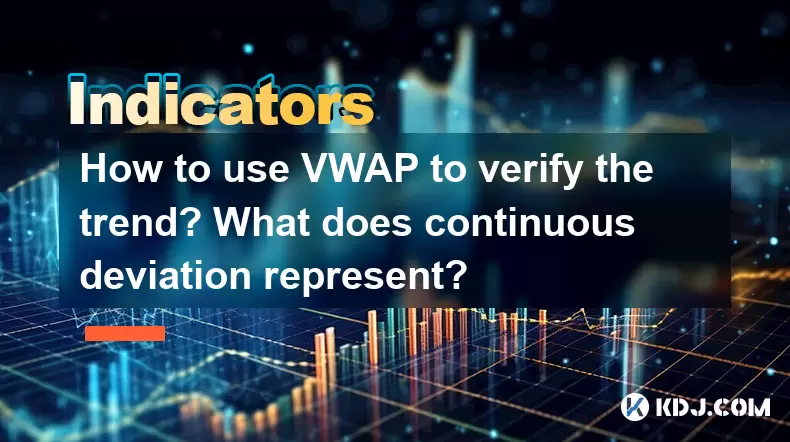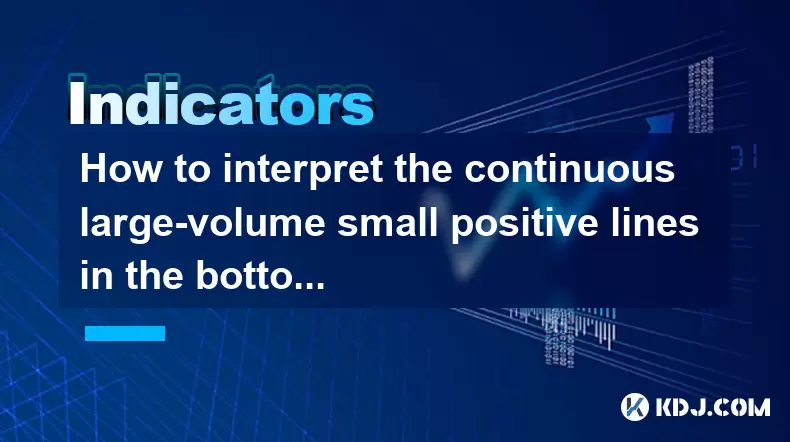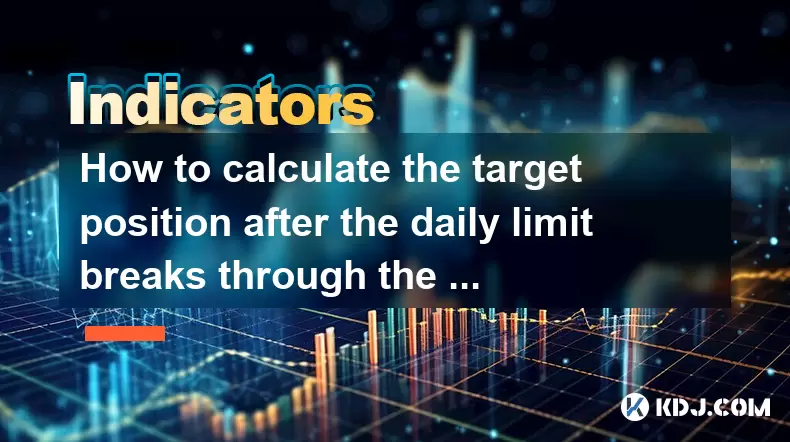-
 Bitcoin
Bitcoin $101,898.5005
-0.75% -
 Ethereum
Ethereum $2,258.1125
-1.07% -
 Tether USDt
Tether USDt $1.0004
0.01% -
 XRP
XRP $2.0178
-2.93% -
 BNB
BNB $624.0243
-1.53% -
 Solana
Solana $134.3298
-0.90% -
 USDC
USDC $0.9999
0.01% -
 TRON
TRON $0.2675
-2.05% -
 Dogecoin
Dogecoin $0.1538
-1.96% -
 Cardano
Cardano $0.5482
-1.11% -
 Hyperliquid
Hyperliquid $35.5636
5.45% -
 Bitcoin Cash
Bitcoin Cash $453.4902
-1.66% -
 Sui
Sui $2.5134
-2.97% -
 UNUS SED LEO
UNUS SED LEO $9.1292
1.77% -
 Chainlink
Chainlink $11.8457
-1.60% -
 Stellar
Stellar $0.2312
-2.73% -
 Avalanche
Avalanche $16.9721
0.29% -
 Toncoin
Toncoin $2.7549
-3.82% -
 Shiba Inu
Shiba Inu $0.0...01081
-1.10% -
 Litecoin
Litecoin $80.8250
-0.71% -
 Hedera
Hedera $0.1374
0.21% -
 Monero
Monero $305.4827
-2.36% -
 Ethena USDe
Ethena USDe $1.0006
0.00% -
 Dai
Dai $1.0000
-0.01% -
 Polkadot
Polkadot $3.2085
-3.12% -
 Bitget Token
Bitget Token $4.0845
-3.13% -
 Uniswap
Uniswap $6.3353
-1.63% -
 Pi
Pi $0.5085
-0.70% -
 Pepe
Pepe $0.0...08913
-3.82% -
 Aave
Aave $232.7090
-0.58%
How to use VWAP to verify the trend? What does continuous deviation represent?
Use VWAP to verify trends: if price is above VWAP, it's bullish; below, bearish. Continuous deviation from VWAP indicates strong trend persistence.
May 24, 2025 at 04:01 am

How to Use VWAP to Verify the Trend? What Does Continuous Deviation Represent?
The Volume Weighted Average Price (VWAP) is a crucial technical indicator used by traders to assess the average price of a cryptocurrency, weighted by volume. This tool is particularly useful for verifying trends and understanding the market's direction. In this article, we will delve into how to use VWAP to verify the trend and what continuous deviation from VWAP represents within the cryptocurrency trading context.
Understanding VWAP
VWAP is calculated by taking the total dollar value of trading activity and dividing it by the total volume of trades over a specific time period, typically a trading day. The formula for VWAP is as follows:
[ \text{VWAP} = \frac{\sum (P_i \times V_i)}{\sum V_i} ]
Where ( P_i ) is the price of the trade and ( V_i ) is the volume of the trade at each interval.
VWAP helps traders understand the true average price at which the cryptocurrency has been trading throughout the day, providing a benchmark against which to compare current prices.
Using VWAP to Verify the Trend
To use VWAP to verify the trend, traders typically follow these steps:
- Plot the VWAP on the Chart: Most trading platforms allow you to add VWAP as an overlay on the price chart. This visual representation helps in comparing the current price of the cryptocurrency to the VWAP line.
- Compare Current Price to VWAP: If the current price is above the VWAP line, it suggests that the cryptocurrency is trading at a premium to its average price for the day, indicating a potential bullish trend. Conversely, if the price is below the VWAP, it may indicate a bearish trend.
- Monitor the Price Movement Relative to VWAP: Traders should observe how the price interacts with the VWAP line over time. A consistent move above VWAP might confirm an uptrend, while a consistent move below might confirm a downtrend.
Interpreting Continuous Deviation from VWAP
Continuous deviation from VWAP refers to the persistent movement of the cryptocurrency's price either above or below the VWAP line over an extended period. This deviation can provide insights into the strength and sustainability of the current trend.
- Deviation Above VWAP: If the price consistently trades above the VWAP, it suggests strong buying pressure and a robust bullish trend. Traders might interpret this as a sign that the upward momentum is likely to continue.
- Deviation Below VWAP: Conversely, if the price consistently trades below the VWAP, it indicates strong selling pressure and a solid bearish trend. This could be seen as a signal that the downward momentum is likely to persist.
Practical Application of VWAP in Trading
Traders can apply VWAP in various ways to enhance their trading strategies. Here are some practical applications:
- Entry and Exit Points: Traders often use VWAP to determine optimal entry and exit points. For instance, buying when the price crosses above the VWAP and selling when it crosses below can be a strategy to capitalize on short-term trends.
- Stop-Loss and Take-Profit Levels: Setting stop-loss orders just below the VWAP when trading above it, or just above the VWAP when trading below it, can help manage risk. Similarly, take-profit levels can be set based on historical deviations from VWAP.
- Confirmation of Breakouts: VWAP can be used to confirm breakouts. If a cryptocurrency breaks out of a resistance level and the price remains above the VWAP, it strengthens the breakout signal.
Limitations and Considerations
While VWAP is a powerful tool, it is essential to consider its limitations:
- Intraday Focus: VWAP is most effective for intraday trading since it resets daily. For longer-term trends, other indicators might be more suitable.
- Volume Dependency: VWAP relies heavily on trading volume. In low-volume markets, the indicator might not be as reliable.
- Market Manipulation: In thinly traded or less liquid markets, large trades can skew the VWAP, leading to misleading signals.
Combining VWAP with Other Indicators
To enhance the effectiveness of VWAP, traders often combine it with other technical indicators:
- Moving Averages: Combining VWAP with moving averages can help confirm trends. For instance, if both the VWAP and a moving average are sloping upwards, it provides a stronger bullish signal.
- Relative Strength Index (RSI): Using RSI in conjunction with VWAP can help identify overbought or oversold conditions. If the price is above VWAP but the RSI indicates overbought conditions, it might signal a potential reversal.
- Bollinger Bands: Integrating VWAP with Bollinger Bands can provide insights into volatility and potential price breakouts. A price above VWAP and the upper Bollinger Band might indicate a strong bullish trend, while a price below VWAP and the lower Bollinger Band might suggest a strong bearish trend.
Case Study: Using VWAP in Bitcoin Trading
Let's consider a practical example of using VWAP to verify the trend in Bitcoin trading:
- Scenario: Bitcoin is trading at $40,000, and the VWAP for the day is $39,500.
- Analysis: The price is above the VWAP, suggesting a bullish trend. A trader might decide to enter a long position, expecting the price to continue rising.
- Continuous Deviation: Over the next few hours, Bitcoin's price remains consistently above the VWAP, reinforcing the bullish trend. The trader might hold the position, anticipating further gains.
- Exit Strategy: If the price begins to approach the VWAP from above, the trader might consider taking profits or setting a tighter stop-loss to protect gains.
FAQs
Q: Can VWAP be used for all cryptocurrencies?
A: Yes, VWAP can be used for all cryptocurrencies, but its effectiveness may vary based on the liquidity and trading volume of the specific cryptocurrency. For highly liquid assets like Bitcoin and Ethereum, VWAP is generally more reliable.
Q: How often should VWAP be recalculated?
A: VWAP is typically recalculated in real-time throughout the trading day. For intraday trading, it is updated with each new trade, providing a continuous measure of the average price weighted by volume.
Q: What are the risks of relying solely on VWAP for trading decisions?
A: Relying solely on VWAP can be risky because it does not account for other market factors such as news events, macroeconomic indicators, or shifts in market sentiment. It is best used in conjunction with other technical and fundamental analysis tools.
Q: How can VWAP be used in algorithmic trading?
A: In algorithmic trading, VWAP can be used to execute large orders without significantly impacting the market price. Algorithms can be designed to buy or sell at prices that are favorable relative to the VWAP, helping to minimize market impact and achieve better average execution prices.
Disclaimer:info@kdj.com
The information provided is not trading advice. kdj.com does not assume any responsibility for any investments made based on the information provided in this article. Cryptocurrencies are highly volatile and it is highly recommended that you invest with caution after thorough research!
If you believe that the content used on this website infringes your copyright, please contact us immediately (info@kdj.com) and we will delete it promptly.
- XRP Rally Meets Neo Pepe Presale: A Meme Coin Revolution?
- 2025-06-23 17:05:13
- Coin-Op Comeback: Arcade Bars, Stern, and a Director's New Venture
- 2025-06-23 16:45:12
- XRP in Japan: From Community Day Tacos to Payment Sector Transformation
- 2025-06-23 17:05:13
- LILPEPE Presale Frenzy: The Meme Coin Revolution is Here, Ya'll!
- 2025-06-23 16:45:12
- Bitcoin Crash Incoming? Kiyosaki Bets Big on Silver Amidst Global Uncertainty
- 2025-06-23 17:25:11
- Dogecoin, Meme Coins, Price Prediction: Riding the Bullish Wave?
- 2025-06-23 17:25:11
Related knowledge

Is the high opening and low closing and huge volume the next day a trap for more?
Jun 23,2025 at 05:07pm
Understanding High Opening and Low Closing with Huge VolumeWhen traders observe a high opening followed by a low closing and massive volume the next day, it often raises concerns about whether this is a trap set by larger players in the market. This pattern typically indicates strong volatility within a short period, which can confuse retail investors. ...

How to interpret the MACD's second golden cross on the water but insufficient volume?
Jun 23,2025 at 05:01pm
Understanding the MACD Indicator and Its SignificanceThe Moving Average Convergence Divergence (MACD) is a widely used technical analysis tool in cryptocurrency trading. It helps traders identify potential buy or sell signals by showing the relationship between two moving averages of an asset’s price. The MACD line, signal line, and histogram are the th...

How much volume is required for the W-bottom to break through the neckline of the time-sharing chart?
Jun 23,2025 at 04:21pm
Understanding the W-Bottom Pattern in Cryptocurrency TradingThe W-bottom pattern is a popular technical analysis formation used by traders to identify potential bullish reversals. It typically appears at the end of a downtrend and resembles the letter 'W' on price charts. In the context of cryptocurrency trading, where volatility is high and trends shif...

How to interpret the continuous large-volume small positive lines in the bottom area?
Jun 23,2025 at 04:43pm
Understanding the Basics of 'Large-Volume Small Positive Lines'In technical analysis, especially within the cryptocurrency market, the pattern known as 'large-volume small positive lines' refers to a scenario where the price increases slightly (small positive candlestick) but is accompanied by unusually high trading volume. This phenomenon typically occ...

How to read the sideways consolidation after the bottom volume and long positive line?
Jun 23,2025 at 02:28pm
Understanding the Sideways ConsolidationWhen analyzing cryptocurrency charts, sidewards consolidation refers to a phase where prices move within a narrow range without a clear upward or downward trend. This pattern often appears after significant price movements, such as a sharp increase followed by a period of equilibrium between buyers and sellers. In...

How to calculate the target position after the daily limit breaks through the previous high?
Jun 23,2025 at 02:57pm
Understanding the Daily Limit BreakthroughIn cryptocurrency trading, a daily limit typically refers to the maximum price movement allowed within a single trading day on certain exchanges. When this limit is breached, especially when it surpasses the previous high, traders often seek to calculate the target position or expected price movement following s...

Is the high opening and low closing and huge volume the next day a trap for more?
Jun 23,2025 at 05:07pm
Understanding High Opening and Low Closing with Huge VolumeWhen traders observe a high opening followed by a low closing and massive volume the next day, it often raises concerns about whether this is a trap set by larger players in the market. This pattern typically indicates strong volatility within a short period, which can confuse retail investors. ...

How to interpret the MACD's second golden cross on the water but insufficient volume?
Jun 23,2025 at 05:01pm
Understanding the MACD Indicator and Its SignificanceThe Moving Average Convergence Divergence (MACD) is a widely used technical analysis tool in cryptocurrency trading. It helps traders identify potential buy or sell signals by showing the relationship between two moving averages of an asset’s price. The MACD line, signal line, and histogram are the th...

How much volume is required for the W-bottom to break through the neckline of the time-sharing chart?
Jun 23,2025 at 04:21pm
Understanding the W-Bottom Pattern in Cryptocurrency TradingThe W-bottom pattern is a popular technical analysis formation used by traders to identify potential bullish reversals. It typically appears at the end of a downtrend and resembles the letter 'W' on price charts. In the context of cryptocurrency trading, where volatility is high and trends shif...

How to interpret the continuous large-volume small positive lines in the bottom area?
Jun 23,2025 at 04:43pm
Understanding the Basics of 'Large-Volume Small Positive Lines'In technical analysis, especially within the cryptocurrency market, the pattern known as 'large-volume small positive lines' refers to a scenario where the price increases slightly (small positive candlestick) but is accompanied by unusually high trading volume. This phenomenon typically occ...

How to read the sideways consolidation after the bottom volume and long positive line?
Jun 23,2025 at 02:28pm
Understanding the Sideways ConsolidationWhen analyzing cryptocurrency charts, sidewards consolidation refers to a phase where prices move within a narrow range without a clear upward or downward trend. This pattern often appears after significant price movements, such as a sharp increase followed by a period of equilibrium between buyers and sellers. In...

How to calculate the target position after the daily limit breaks through the previous high?
Jun 23,2025 at 02:57pm
Understanding the Daily Limit BreakthroughIn cryptocurrency trading, a daily limit typically refers to the maximum price movement allowed within a single trading day on certain exchanges. When this limit is breached, especially when it surpasses the previous high, traders often seek to calculate the target position or expected price movement following s...
See all articles
























































































